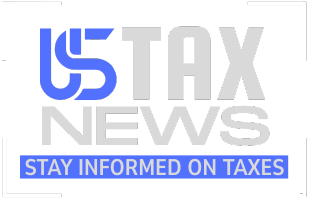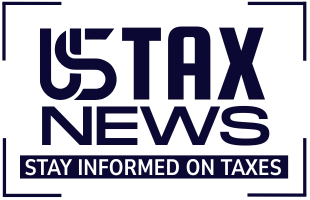Ryan, a global tax services firm based in Dallas, recently launched the Ryan Tariff Task Force to help clients deal with the complex interplay between taxes and the constant threat of tariff increases.
“I’ve been talking to a lot of clients,” said Tony Gulotta, principal and practice leader of Ryan’s national tax team, who is leading the task force, which includes about 10 members. “They usually call me with the question, ‘How do I charge when I pass the tariff on?’ That answer is pretty universal. They’re required to subject it to sales tax in the same way the product would be subjected to sales tax. But then when I get them on the phone, I want to better understand what they’re paying tariffs on, and other ways we can help them.”
He closely follows developments and court cases involving tariffs on goods such as steel and aluminum, which doubled to 50% this month under an executive order signed by President Trump. However, the various tariffs imposed by the administration have been fluctuating, and there’s no certainty about where they will go next.
“I have clients that have called me that are buying steel and milling it and using it for pipes, for say oil and gas,” said Gulotta. “The tariffs were 25%, but now they’re 50%. That really has a significant impact on the business because if you’re spending $100 million on steel for a pipeline and all of a sudden your cost is $150 million, your planning is pretty much out the window.”
One of his suggestions for clients is to use multiple supply sources. “It may be the same company that just has multiple locations where they manufacture, but the borders really make a difference, and these trade negotiations are ongoing across the world,” said Gulotta. “I’ll leave it to the economists to say whether these decisions give less or more leverage to the administration, but what we do know is these trade negotiations are ongoing.”
Since Ryan is a global tax consulting firm, he has been working with the firm’s Australian, Canadian, European, and U.S. teams of customs and duties experts. “With those teams, we pretty much cover a good part of the world, and we have in that group sales tax professionals, property tax professionals, income tax professionals, and folks that do provisioning and cross-border transition pricing,” said Gulotta. “We look at the tariffs that are being paid and we say, how are these impacting other tariffs, or how are these tariffs impacting other tax types? For instance, is it increasing sales tax? Is it changing valuations for property tax? So when clients come to us, we can tell them in their jurisdiction, this is the impact.”
Companies need to monitor the tariffs they have paid. “Keep track of that tariff separately because at some point, if tariffs are pulled off, maybe there’s an opportunity to go back and look at those valuations and say this is no longer part of the valuation and pull it out,” said Gulotta
The team understands the interplay of various types of taxes and how “tariff stacking” can drive the fees higher than the expected rate.
“Yes, we’re concerned about recovering tariffs, if there’s an opportunity, but we’re also concerned about the impact of other tax types,” said Gulotta. “The interesting thing about all these tariffs is they don’t allow for exclusions or drawbacks, and they require stacking. That’s different than most tariff regimes. Typically, if you bought something in the country and then you exported it, you could get the tariff back. It’s called a drawback. These new tariffs don’t have that drawback. So absent them being found unconstitutional, there is not an ability to get that back, even if it ends up leaving the country. That was the issue that was going on with the auto manufacturers, and the reason why they gave some relief to that industry, because they make part of the car in Mexico, part of the car in Canada, part of the car in Detroit, and it’s going back and forth across the borders, and you’re stacking tariffs. All of a sudden, a 25% tariff becomes a 100% tariff if it goes back and forth.”
Among the clients getting hit with tariffs are pharmaceutical companies, medical device companies, retailers and art dealers. In some cases, the firm is advising clients to enter into tariff-sharing agreements so the responsibility doesn’t all fall on the supplier, importer or buyer and make them take the entire loss.
“Sometimes it’s the supplier in their contract that says they’re going to be responsible,” said Gulotta. “If there’s economic infeasibility, the supplier can no longer provide that because if they do, they’re going to lose not just their profit, but they could lose twice their profit. It could be the importer, and if it’s the importer, the importers would rather breach the contract, or it could be the buyer. Every buyer at a certain point is going to say we really can’t afford to buy this anymore.”
He anticipates some states will offer special tax incentives to defray some of the extra costs and keep companies in business or entice them to relocate.
“Most states have a manufacturing exemption for sales tax, but maybe also some type of credits and incentives to expand in the state, or from a real property standpoint, maybe also offering incentives to offset property taxes,” said Gulotta. “There’s a lot of things that states can do to help those businesses. If you want it to come to your state or your city, people are going to need to look at that.”
With the administration’s promise of bringing manufacturing back to the U.S. as a result of the tariffs, he expects to see more competition among the states for those facilities to be built.
“People are seeing that announcement and thinking, hey, they’re going to build these plants in the U.S.,” said Gulotta. “I want that plant to be in my state because it’s going to bring a lot of jobs.”


